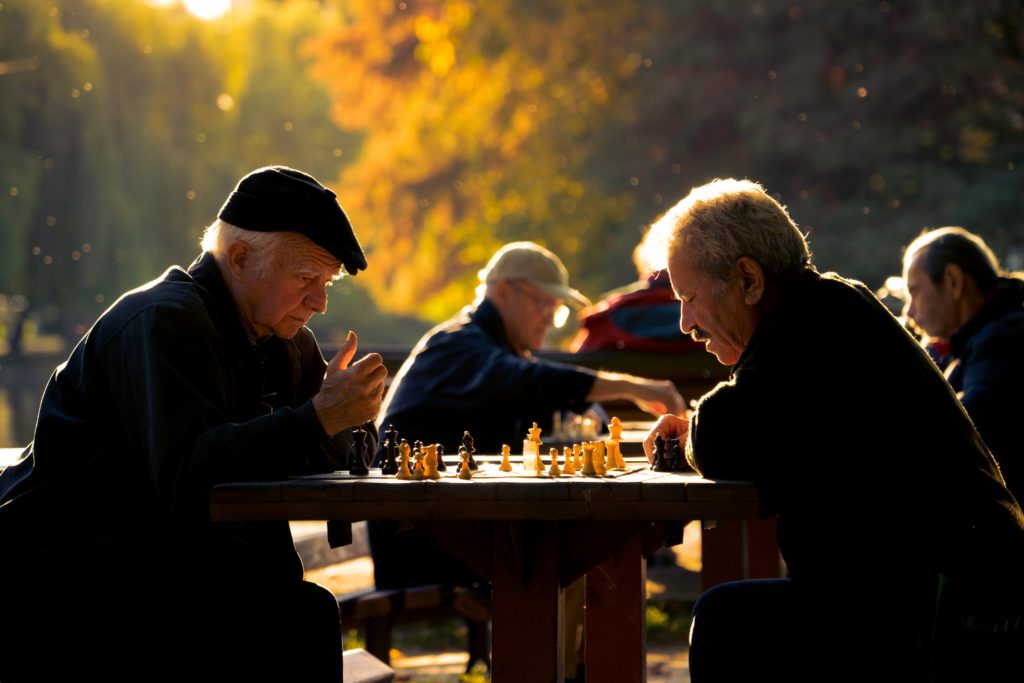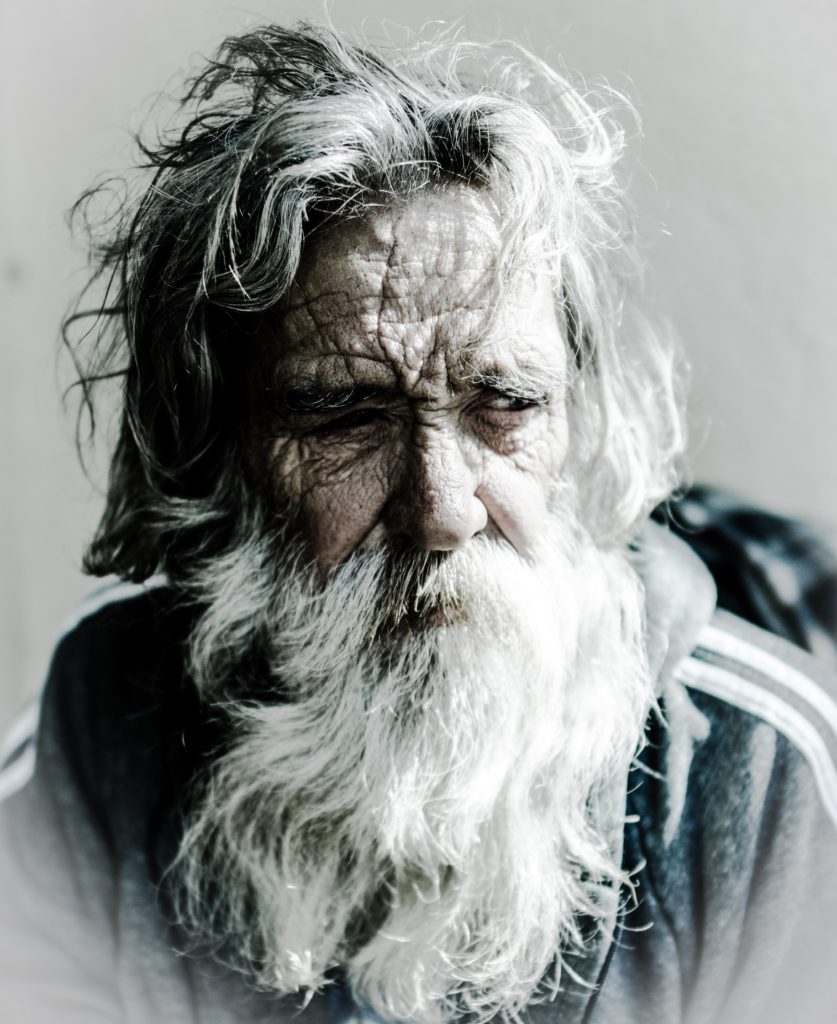Aging is damage. It is cell damage that is unrepaired. With this you have wounded cell mass. There is no such thing as healthy aging
Some diseases of aging such as osteoporosis used to be considered normal but now are diseases, however physiological changes like decreased testosterone are still considered inevitable. But, emerging evidence is starting to show that aging in itself is associated with inflammation and can be halted or slowed, so perhaps aging in itself should be considered a disease or syndrome that can be treated.
As a person ages their body is remodeling from wounding. That is why you get senescent cells. Senescence is just part of the healing response. Their stem cells become exhausted because they are attempting to renew tissue unsuccessfully. This depletes the stem cells.
Aged people have chronic inflammation because their immune system is responsing to the wound and attempting to bring some kind of resolution and heal it. P38-kinase and a whole variety of inflammatory cytokines are drastically increased.
When inflammation becomes chronic that means your system for clearing secreted hormones has become deficient. The lysosomes and protiosome is not getting rid of these inflammatory cytokines in an appropriate way and they are remaining in the system far too long.
Read more
Three Things You Can Do To Decrease Inflammation That Causes and Advances Many Common Diseases.
Should obesity and aging each be considered a disease?
Once this happens, the aging begins to take on the point where the lysosomes are trying to remove the damaged tissues.
A lot of cell damage in aging is in the mitochondria. They are wounded. As is the other stem cells. The corpses of these mitochondria stack up in the lysosomes and the person becomes defective at proteostasis – keeping the quality of their proteins high.
You’ve got damaged proteins, misfolding diseases (proteopathies), and dysfunctional mitochondria. This all can be traced back to intrinsic damage. This damage has either occurred from an external event, e.g. skin aging due to the sun, or an internal event like gamma radiation (or about a 1000 different types of radiation) piercing your DNA.
What about Blue Zones of Healthy Aging?
Blue zones are areas of the world where people tend to live longer; areas where there are significant numbers of centenarians. Similarly, we know that some animal species are programmed for longevity.

Are they genetically superior for aging? Are there certain genotypes that are prone to living longer?
There are but it’s not that these people and animal’s longevity is inherited. It’s that they are robust and they have better defences against damage.
There is no unique type of person (phenotype) that is robust against ageing. There is a tremendous selection of individuals that as they grow older stay strong. Frailty is the biggest killer.
The healthiest, long-term aging individuals have low insulin, high physical strength, and have not exhausted their subcutaneous fat stores.
Centenarians tend to be a little chubby meaning they tend to retain their subcutaneous fat. If you keep your subcutaneous fat, it means that you are keeping the precursors to your adipocytes – the stem cells specialised for the storage of fat – healthy but you are not damaging the fat the occurs in all other fats.
Ectopic fat spill over is another form of damage. Ectopic means in the wrong place, like an ectopic pregnancy when the egg lodges in the felopian tube. Fat over degrades your bone marrow, thymus (the root of your immune system), and other tissues/organs .
Most of us are driving the proliferation system, where by we make new proteins and new cells all day long. There is no relief from it. If there is one thing that is universal to aging, it is that you shut off the proliferation pathways. This is called hypofunction and leads to excessive tissue damage.
A wounded body is inevitable. This occurs due to the ‘slings and arrows of life’, as Shakespeare pointed out. The legend of Tethonus speaks to this. He was granted immorality but Zeus did not grant him the ability to not age, he simply gave him infinite life. So he wasted away, whilst pleading for death but not able to die. We put our Tethonuses in nursing homes
Whether ’tis nobler in the mind to suffer
The slings and arrows of outrageous fortune,
Or to take Arms against a Sea of troubles,
And by opposing end them: to die, to sleep
No more; and by a sleep, to say we end
The heart-ache, and the thousand natural shocks
That Flesh is heir to? ‘Tis a consummation
Devoutly to be wished. To die, to sleep,
To sleep, perchance to Dream; aye, there’s the rub,
For in that sleep of death, what dreams may come,
When we have shuffled off this mortal coil,
Must give us pause. There’s the respect
That makes Calamity of so long life:
For who would bear the Whips and Scorns of time,
The Oppressor’s wrong, the proud man’s Contumely,
The pangs of despised Love, the Law’s delay,
The insolence of Office, and the spurns
That patient merit of the unworthy takes,
When he himself might his Quietus make
With a bare Bodkin? Who would Fardels bear, [F: these Fardels ]
To grunt and sweat under a weary life,
But that the dread of something after death,
The undiscovered country, from whose bourn
No traveller returns, puzzles the will,
And makes us rather bear those ills we have,
Than fly to others that we know not of.
Enjoy!
Scott

